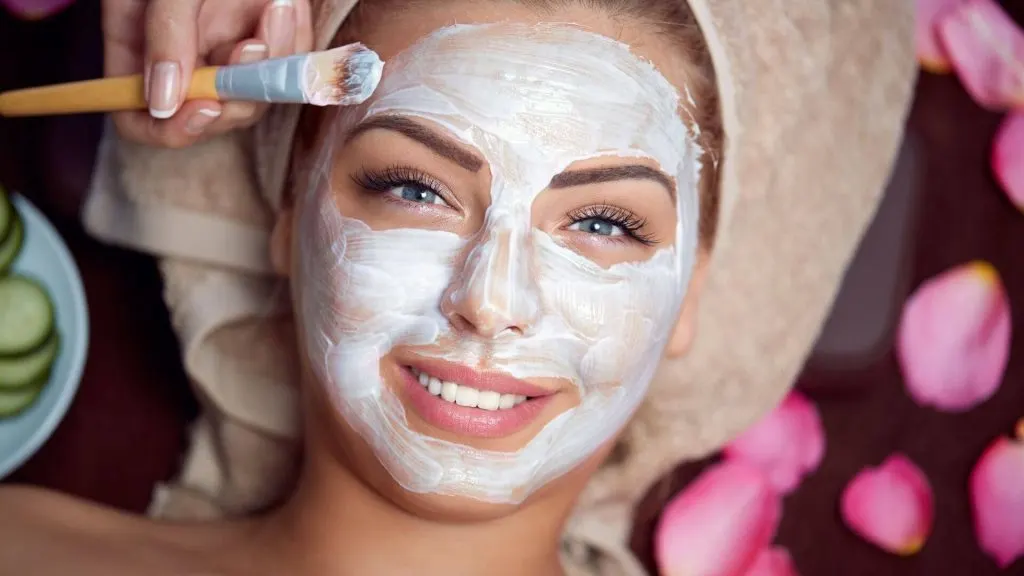Skin imperfections, encompassing a wide range of conditions such as acne, scars, hyperpigmentation, and wrinkles, are common issues affecting people of all ages, skin types, and ethnicities. These can be caused by various factors including environmental influences, lifestyle choices, genetics, or underlying health conditions. Skin imperfections, while often not harmful to physical health, can significantly impact a person’s self-esteem and psychological well-being. In the ever-evolving field of dermatology, medical professionals employ a myriad of strategies and techniques to address these skin concerns. The process typically begins with a comprehensive skin analysis to identify the type and severity of the imperfection. This is followed by developing a personalized treatment plan that may include topical treatments, oral medications, advanced dermatological procedures, or a combination of these, aimed at improving the skin’s appearance and health. Educating the patient about daily skincare and preventive measures forms a crucial part of this journey toward achieving and maintaining healthy skin.

Patient Education
A crucial part of any dermatological treatment plan, this strategy includes educating patients about sun protection, proper skincare routines, and lifestyle choices that impact skin health. Sun protection involves using broad-spectrum sunscreen, wearing protective clothing, and avoiding peak sun hours. A proper skincare routine tailored to an individual’s skin type and concerns can go a long way in maintaining healthy skin. Medical professionals also educate patients about the importance of a healthy diet and lifestyle habits such as quitting smoking, limiting alcohol consumption, and managing stress for overall skin health.
If you live in an area with high sun exposure like Florida, it’s essential to seek expert advice on how to best protect and care for your skin. Thankfully, finding the top dermatologist near The Villages, FL, or other nearby areas is easy, with numerous experienced professionals offering personalized skincare plans, sun protection tips, and treatments to help you maintain healthy, radiant skin.
Injectables
Both Botox and dermal fillers fall under this category, addressing wrinkles, volume loss, and deep wrinkles effectively. Botox, derived from the bacterium Clostridium botulinum, is a neurotoxin that temporarily paralyzes the muscles responsible for causing wrinkles. It smoothens these lines and prevents them from deepening over time. Dermal fillers, on the other hand, are injectable gels made of hyaluronic acid, a substance naturally found in the skin, and other biocompatible materials. They provide an instant plumping effect by restoring volume to the cheeks, lips, and under-eye area. These minimally invasive procedures are typically performed in an outpatient setting and require little downtime. Furthermore, from at-home intralipotherapy options like Aqualyx 10x8ml for cellulite reduction to the more advanced mesotherapy techniques for targeted fat reduction, medical professionals have a range of options at their disposal to help patients achieve their desired body contour. Finally, laser treatments such as IPL, Nd: YAG, and CO2 lasers have revolutionized the field of skin rejuvenation, offering effective solutions for various skin imperfections.
Topical and Oral Medications
Combining these two strategies, dermatologists may prescribe creams, lotions, or gels to apply directly to the skin or oral medications in severe cases. These treatments target a range of skin imperfections such as acne, discoloration, and fine lines. Retinoids, derived from vitamin A, are commonly used to treat acne and stimulate collagen production for anti-aging benefits. Hydroquinone is a popular ingredient in lightening creams for treating hyperpigmentation, while alpha-hydroxy acids (AHAs) and beta-hydroxy acids (BHAs) are effective against a variety of skin concerns like acne, dullness, and fine lines. Furthermore, oral medications like antibiotics, hormonal therapy, or isotretinoin may be prescribed for more severe cases of acne or other skin conditions.
Ablative Techniques
This category combines chemical peels and microdermabrasion, both of which remove the top layer of the skin to promote new, healthier skin growth. These techniques are predominantly used for conditions like hyperpigmentation, acne scars, and age spots. Chemical peels involve applying a chemical solution to the skin, causing the top layer to peel off. This reveals smoother, more even-toned skin underneath. Microdermabrasion involves using a handheld device to exfoliate the outermost layer of skin with fine crystals or a diamond-tipped wand, revealing fresher and brighter skin. For more severe skin concerns, medical professionals may opt for laser resurfacing techniques like fractional laser therapy or ablative lasers to improve skin texture and address deeper wrinkles and scars.
Laser Therapy
Leveraging advanced technology, this strategy uses lasers to address a variety of skin issues, such as hyperpigmentation, rosacea, wrinkles, and acne scars. Lasers work by delivering highly concentrated light energy to the targeted area, stimulating collagen production and resurfacing the skin. Intense pulsed light (IPL) therapy is widely used for photorejuvenation, addressing sun damage, age spots, and redness. Meanwhile, fractional laser therapy targets deeper layers of the skin to improve texture and reduce the appearance of wrinkles and scars. With advancements in laser technology, medical professionals can now customize treatments according to individual skin concerns and deliver precise results. With companies like Solawave releasing red light therapy wands, similar products are now becoming available to everyone!

Cryotherapy
This technique uses extreme cold, typically from liquid nitrogen, to destroy abnormal skin cells. It’s especially beneficial for treating warts and precancerous skin lesions. Cryotherapy is a quick and painless in-office procedure, with minimal downtime. It’s commonly used as an adjunct therapy along with other treatments to address skin imperfections. For instance, cryotherapy can be used to freeze off stubborn acne or as a follow-up treatment after laser therapy for improved results. Moreover, while cryotherapy is primarily used to treat skin concerns, it also has applications in dermatology for reducing excess sweating and treating certain types of skin cancer.
With the constantly evolving field of dermatology, medical professionals employ various strategies and techniques to address these issues and help patients achieve healthy, glowing skin. From injectables to ablative techniques and laser therapy, each strategy offers unique benefits for different skin concerns. Moreover, educating patients about skincare and preventive measures forms an integral part of the treatment journey, ensuring long-term results and overall skin health. So, if you’re struggling with skin imperfections, know that there are numerous effective strategies and techniques available to help you achieve your desired results. Consult a qualified medical professional to find the best approach for your specific concerns and start your journey towards healthy, radiant skin.

Jessi is the creative mind behind The Coffee Mom, a popular blog that combines parenting advice, travel tips, and a love for all things Disney. As a trusted Disney influencer and passionate storyteller, Jessi’s authentic insights and relatable content resonate with readers worldwide.
